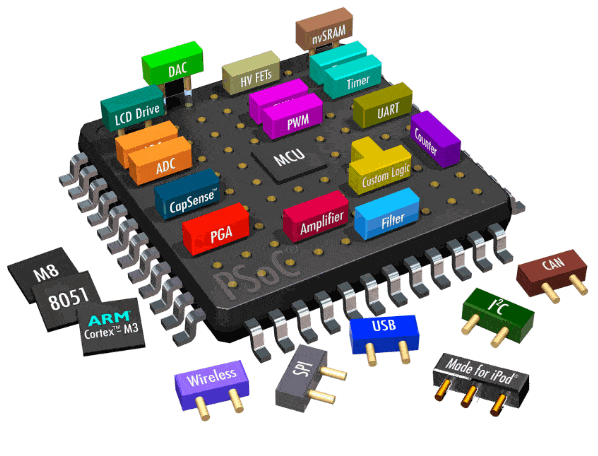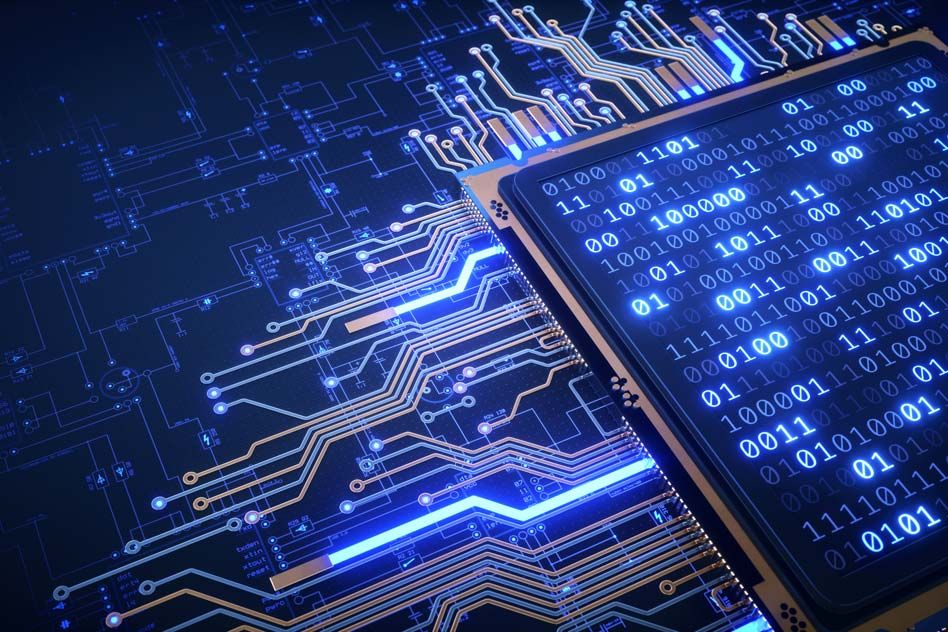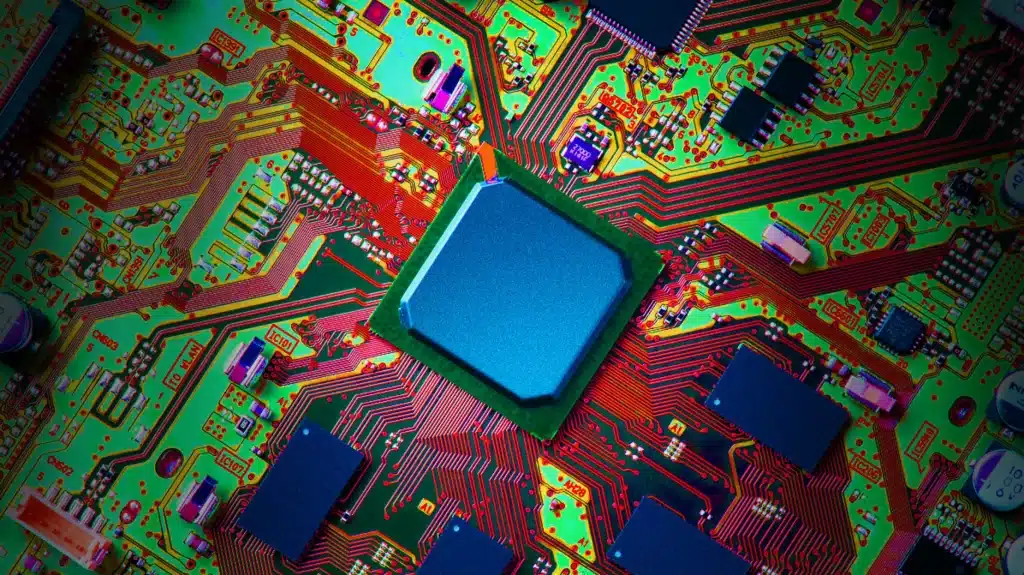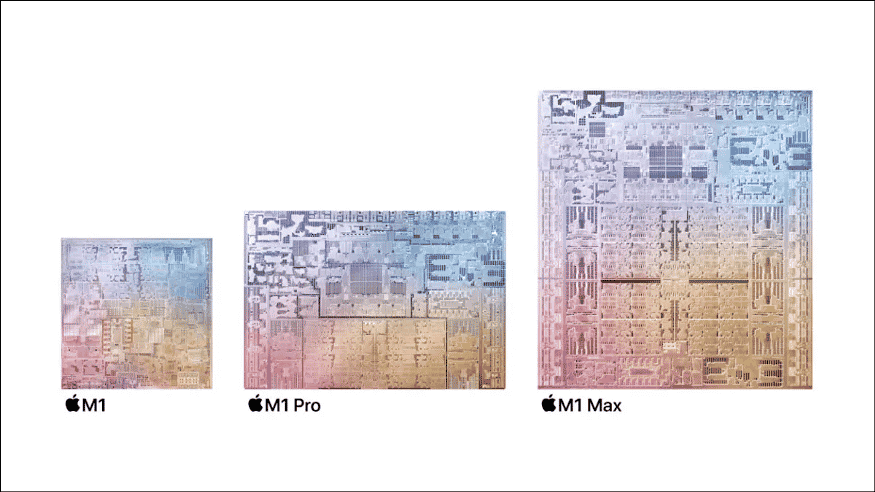With all the recent buzz around Apple’s M1 processors and iPhones, you may have come across the term “system-on-chip” (SoC) design. When compared to traditional CPUs and MCUs, what exactly are SoCs? Follow along, and we’ll fill you in.
Definition of System-On-Chip
System-on-chips are integrated circuits that incorporate a large number of separate computer components onto a single chip. An SoC necessarily has a CPU, however, it may also include other components, such as USB system memory and storage), and even more complex accessories like graphics processing units (GPUs), and radio modems (for things like Bluetooth and Wi-Fi), neural network circuits, and more.
In contrast to a conventional computer, in which the CPU chip, controller chip, graphics processing unit chip, and random access memory chip are all distinct components, a system-on-a-chip incorporates all of these components onto a single chip. Incorporating SoCs into computer design allows for decreased size, increased speed, decreased cost, and decreased energy consumption.
Why Use a System-On-Chip?
By consolidating many Processors, memory chips, and other components onto a single silicon chip, it is possible to reduce the amount of energy and money needed to run the system while simultaneously improving its performance and shrinking its overall footprint. Knowledge allows the development of more efficient and powerful mobile devices and computers, which in turn helps save battery life.
One company that takes great delight in producing both powerful and tiny computers is Apple. Apple’s iPhone and iPad models have used SoCs for the last 14 years. At first, it relied on third-party SoCs built on the ARM platform.
To power the first iPhone, Apple introduced the A4 CPU in 2010. Apple’s A-series chipsets have undergone several iterations since then, each one improving upon the last. Thanks to SoCs, iPhones are able to reduce their battery consumption without sacrificing their small size or increased performance. SoCs are used by several different phone makers. The negative of an SoC is that it prevents you from quickly upgrading your gadget by switching out individual components.
SoCs were formerly uncommon in desktop PCs, however, this has changed lately. But in 2020, all started changing when Apple unveiled the M1 processor, the first system-on-a-chip (SoC) for Mac laptops, and desktops. M1 integrates the central processing unit (CPU), graphics processing unit (GPU), storage, and other components into a unified silicon chip.
It wasn’t until 2021 that Apple released the M1 Pro as well as M1 Max, two upgraded versions of the original M1. This trio help Macs function very well while using much less power than older, more conventional designs.




